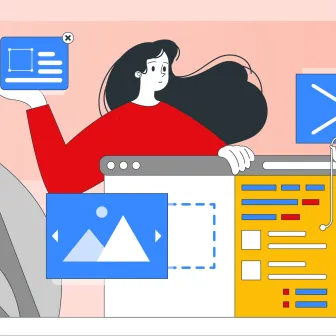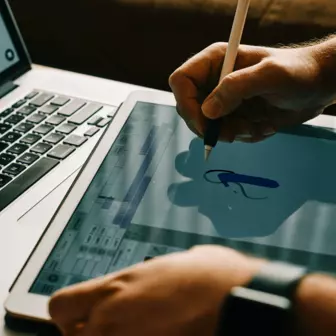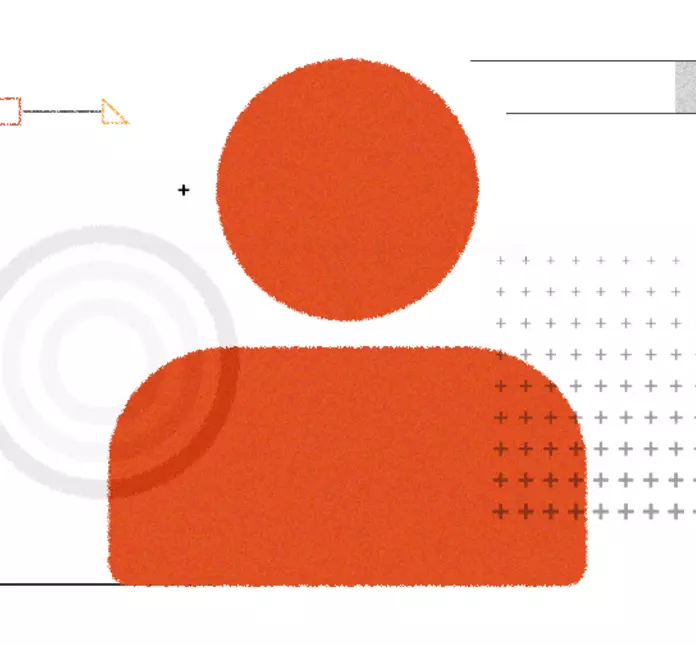Design briefs can be a pain to write, especially if it's your first time doing it. However, once you figure out what elements to include and how to structure them, you will be on your way to creating an engaging brief. Here's your guide to writing design briefs.

Overview: Company & Brand Info
The first section of your design brief is called the Overview. It must have everything about your client's company and brand. This will help all the members of your team to be on the same page and familiar with who your client is, what their business is, and any other factors that may influence the project. Here are some things to include in the Overview:
- Company details such as the name, products, industry, etc.
- Unique selling features of the brand that make it different
- The mission, values, vision, and messaging of the brand
- Key contributors or stakeholders of the business
- Direct and indirect competitors
Each of these will be further elaborated later on in the brief, but it is important to mention the basics in the first section nonetheless.
Key Stakeholders: Team Members
The second section is called Key Stakeholders and it goes more in-depth with the point mentioned in the first section. The key stakeholders will also act as the points of contact one way or the other, so you must know who the important people in the company are. You can also mention some other team members.
Aims: Goals & Objectives Outline
The third section is called the Aims. It must be quite detailed as it contains the goals and objectives of the project you will be working on. You need to provide measurable outcomes for what the result of the project may be and what it is trying to achieve.
The goals focus more on the purpose while the objectives are dedicated to the methods you use to achieve that goal. Some examples of the goals that your clients may have include:
- More traffic to the website
- More revenue from the website
- Increased engagement with online content
- Improved brand awareness levels
Expectations: Project Predictions
The fourth section is called the Expectations and it is directly related to the previous section. However, while the Aims focuses on the possible result, the Expectations can also look at the key performance indicators (KPIs) and predictions about the process itself.
You will mostly use statistics and numbers in the Aims section, but the Expectations section allows for more creativity. Here, you can write about your own personal predictions about the project without having to back them up with a lot of data. You can also talk about the more creative side of the project rather than solely focusing on business.
Target: Audience & Market Info
The fifth section of your design brief is Target. This is a very important section as both you and your client must understand who the target audience and market are so that you can coordinate the project accordingly.
You have to develop a solid understanding of who the potential customers of your business are. Think of their mindset and what goals and needs they have. You have to take into account the problems that you will be solving. Keep in mind that not all business owners know who their target audience is.
Competition: Main Competitors
The sixth section is called the Competitors and it pretty much speaks for itself. Here, you have to talk about your client's main competitors on the market. In the Overview, you already provided a list of them and now you have the opportunity to go into more detail.
Talk about what makes your client's primary competitors different from your client and how you are planning to use that. Think of what their strong and weak sides are and find an original way to combine that and use it effectively.
You can use such tools as Grammarly (checks grammar, punctuation, and spelling), Trust My Paper (an online writing service), Hemingway Editor (highlights passive voice, adverbs, and complicated sentences), Studicus (another online writing services), Google Docs (web-based word processor), Grab My Essay (another good online writing service), and Readable (gives you your text's readability score).
Budget: Estimated Costs & Expenses
The seventh section is Budget. Not everyone likes talking about money, but this section is absolutely necessary as it outlines all of the estimated costs and expenses for the project. You have to understand your client's budget and be able to use it efficiently.
You and your client must come to a consensus about how big the budget will be. You must allocate it across all the disciplines from research to testing the final product. Try not to avoid mentioning additional unexpected expenses. Otherwise, they may turn out to be an unpleasant surprise.
Schedule: Deadlines & Timeframes
The eighth section is the Schedule. To put it briefly, these are all of the deadlines and timeframes you've planned for your project. If your client needs it to be done urgently, you will have to adapt to the circumstances. If not, put the usual amount of time it takes you to complete a particular project of such kind.
It is important to stick to the deadlines you set in order to look professional. If you know that you might not have enough time, move the deadline forward from the very beginning so that there are no further issues of the kind.
Project Deliverables: Format Info
The ninth section of your design brief is the Project Deliverables section. It talks about the format in which your project will be completed and submitted. It is crucial to communicate this part accordingly so that you are both on the same page with your client. Ask yourself such questions as:
- What will your client expect to have from you at the end of the project?
- What file format should you be using?
- What other technical characteristics are important?
- Are there any specific tools that must be used during the making of the project?
Preferences: Stylistics & Creative
The tenth section is called the Preferences and since it focuses on the stylistic and creative, you could say it's more of an artistic section. Here, you can include any information about what your client wants you to use or doesn't want you to use in the project.
If the client didn't give you such details, come up with your own and include them here. After all, this is somewhat of a proposal and you will be asking the client whether or not they like your thoughts and ideas.
Final Approver: Person in Charge
The eleventh and last section is called the Final Approver and it's basically the person in charge within the company of your client who will be keeping in touch with you. This is somewhat of a key stakeholder but more direct. Include at least the person's position and contact information.
Final Thoughts
To sum up, writing a design brief is not a complicated task once you figure out all the basics. Follow the steps in this article to get the most out of your design brief and find the right designer for your project.
Subscribe
Related Blogs
UX Best Practices for Website Integrations

Website Integrations determine whether users stay engaged or abandon a site. I experienced this firsthand with a delivery…
How design thinking acts as a problem solving strategy?

The concept of design thinking is gaining popularity these days since people across different industries are using it as a…
10 major challenges that come across during an agile transformation

It’s no longer a mystery that agile was created as a response to the various concerns that the traditional waterfall…




